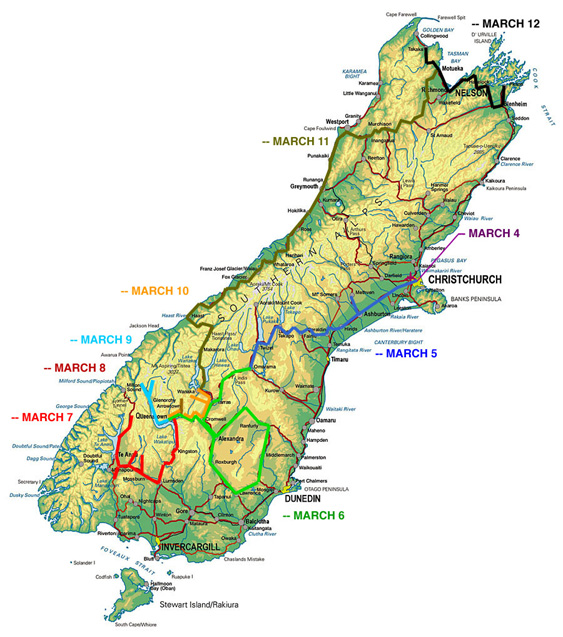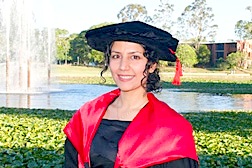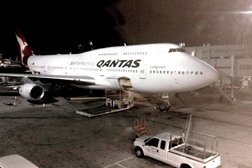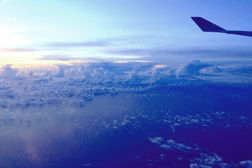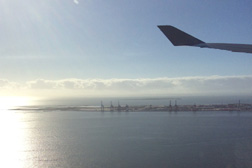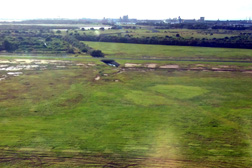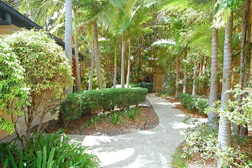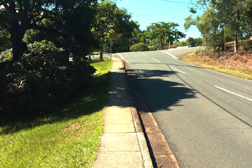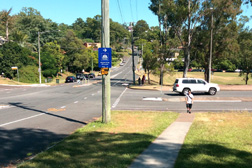
This is not at all easy, for hobbits are very difficult to find. Hobbits are a little people without beards, smaller than the bearded dwarves. There is little or no magic about them, except the ordinary everyday sort which helps them to disappear quickly and quietly when large, stupid folk come along. They are inclined to be fat and dress in bright colors, chiefly green and yellow. They wear no shoes, because their huge feet grow natural leathery soles and thick, warm brown hair like that on their heads, which is curly. They have long, clever fingers and laugh deep, fruity laughs.
Hobbits do not like any machines more complicated than a forge bellows, water mill or hand loom, although they are skillful with tools. They are quick and sharp-eyed and do not hurry unnecessarily, but are nontheless nimble and deft in their movements. A love of learning, other than geneological lore, is far from general among them. Though slow to quarrel, and for sport killing nothing that lives, hobbits are difficult to daunt or kill, and can survive rough handling by grief, foe or weather in a way that often astonishes those who look no further than their bellies and well-fed faces. They are keen-eyed and sure at the mark, and if a hobbit stoops for a stone, it is well for wild beasts and enemies to get quickly under cover.
Hobbits have been living and farming for hundreds of years in a place known as Middle Earth, quite content to ignore and be ignored by the world of the "big folk," as they call us. The wider world is, after all, full of strange creatures beyond count, and the world of hobbits must seem of little importance to others. Hobbits have never been among the great warriors, nor counted among the very wise.
In fact, it has been remarked by some that hobbits' only real passion is food, which is an unfair observation, as they have also developed a keen interest in the brewing of ales and the smoking of "pipeweed." But where their hearts really lie is in peace, quiet, and good, tilled earth, for all hobbits share a love of things that grow!
Yes, no doubt to others, their ways seem quaint, but now, as always, as has been often brought home to them, it is no bad thing to celebrate a simple life. It is perhaps for this reason, that hobbits have withdrawn from the hustle and bustle of the modern world into their own little corner of it, in the Shire. It is said that one can reach Middle Earth only by going to New Zealand, the reputed "Home of Middle Earth." It is here that our story begins.
